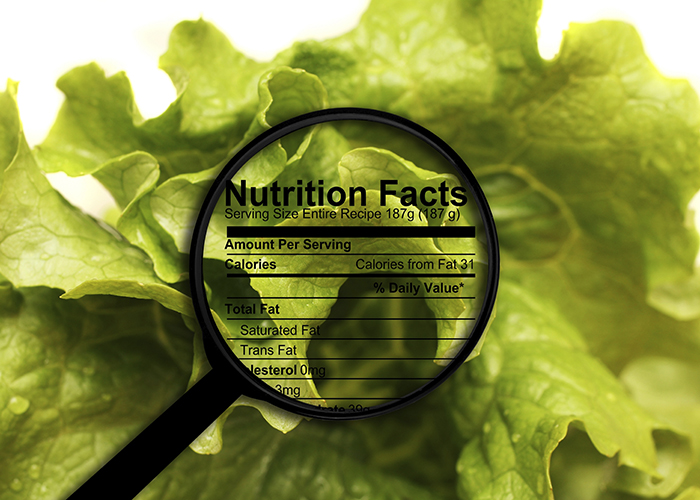Real Food in Spokane
Posted on March 19, 2015 at 6:00 am
By Kim Harshberger
One day I was on a Hulu bender and the same commercial kept popping up. The TV spot was aimed at bringing awareness to food deserts. Well, color me unaware because I had not ever heard of a food desert before. A quick trip to the CDC website helped shed a little light on the subject for me. While the definition of a food desert doesn’t seem to be set in stone, the CDC defines it as follows:
Food deserts are areas that lack access to affordable fruits, vegetables, whole grains, lowfat milk, and other foods that make up the full range of a healthy diet.
No wonder this wasn’t on my radar; we have amazing resources available to us here in Spokane County. From the CDC website, I made a jump over to the USDA website to view different national maps to see how each county compares to the others on things like access to local foods, grocery stores, and food assistance. It was clear to see that resources abound in this region; and I for one, am thankful to live in such a bountiful location.
It came as a surprise to me one day when a friend expressed frustration with finding “real” food in Spokane. As we talked, I realized that the biggest problem was she was biting off more than she could chew (pardon the pun). She was looking to buy local, fresh, and organic foods while paying attention to sustainable practices. She was left feeling discouraged and overwhelmed, thinking there simply wasn’t anything safe to feed her family.
I felt her pain. I had been there and learned the hard way. With conflicting information and research findings that keep flip-flopping, it seems an impossible task to acquire real food for your family. So I gave her three pieces of advice to help set her on her way:
- Shop the perimeter of the store first
- Get in the habit of reading labels
- Decide where to put your extra effort
For the sake of argument, let’s agree that “real” food means: foods that are as close as possible to what nature intended. In other words, minimally processed.
Practicing the popular advice of sticking to the circumference of the store will get you quite a long way toward a quest for real food. This is enough to be able to navigate any local megamart to get wholesome and nutritious foods. A quick circuit around the store and you can sweep into your cart fruits, veggies, cheese, meats, and whole grains. That is one huge step in the right direction.
But I feel this advice, while well intentioned, has made shoppers fear the shelves. I say, don’t be afraid; there are plenty of whole and nutritious foods to be found on those shelves. You may have to blow the dust off the tops, but they are there and ready to be your next meal.
In order to confidently shop the shelves of your store, you will have to start reading labels. The good news is that you can skip most of the tedious nutrition information and jump right down to the ingredient list. That list is the key to unlocking the hidden whole foods among the aisles. In my opinion, one of the best rules of thumb is to look for foods that have five or less ingredients on the list. By following this simple rule you can avoid many of the worrisome ingredients reported about in the media.
Figure out what is important to you and put your extra effort into that. When I set out to have my family eat real food, I tried to learn too much too fast. But once I focused on one change at a time, the task didn’t seem quite so daunting. You have to do some research, but that doesn’t mean you have to research all the things right now. The good news is that once you research something and make a decision, you won’t have to put much more effort into making those purchases. If you are feeling overwhelmed it’s best to focus on one thing at a time, make the decision, and then move on to the next important change on your list.
If you have already conquered your local megamart and want to take things a step further, visit the Food Access Coalition of Spokane County for a list of places to buy local foods. I have also found the Local Harvest website super helpful with locating Community Supported Agriculture and farms if you want to go directly to the source. Lastly, take a minute to visit our Nourish page for a great lineup of programs aimed eating well.


